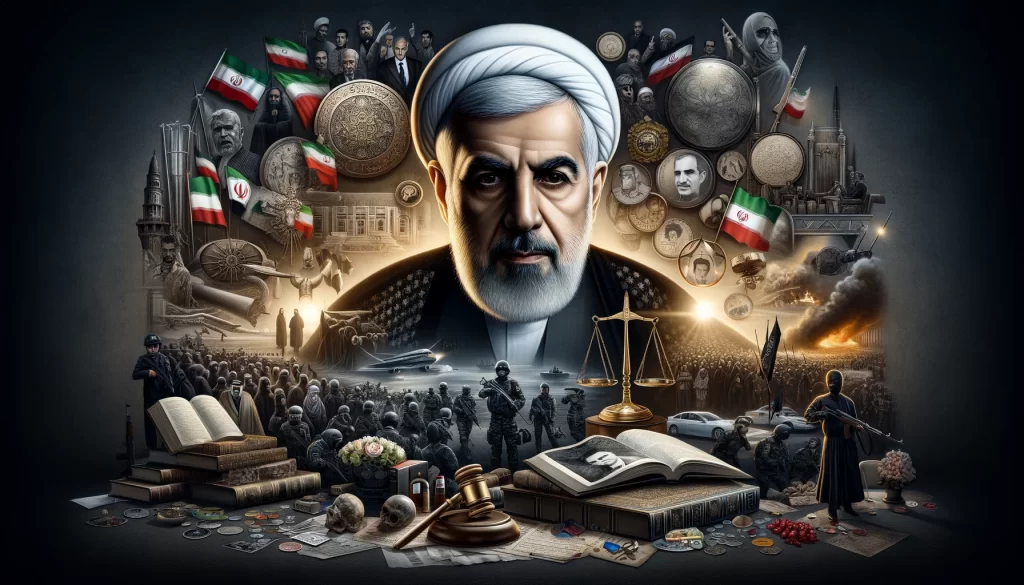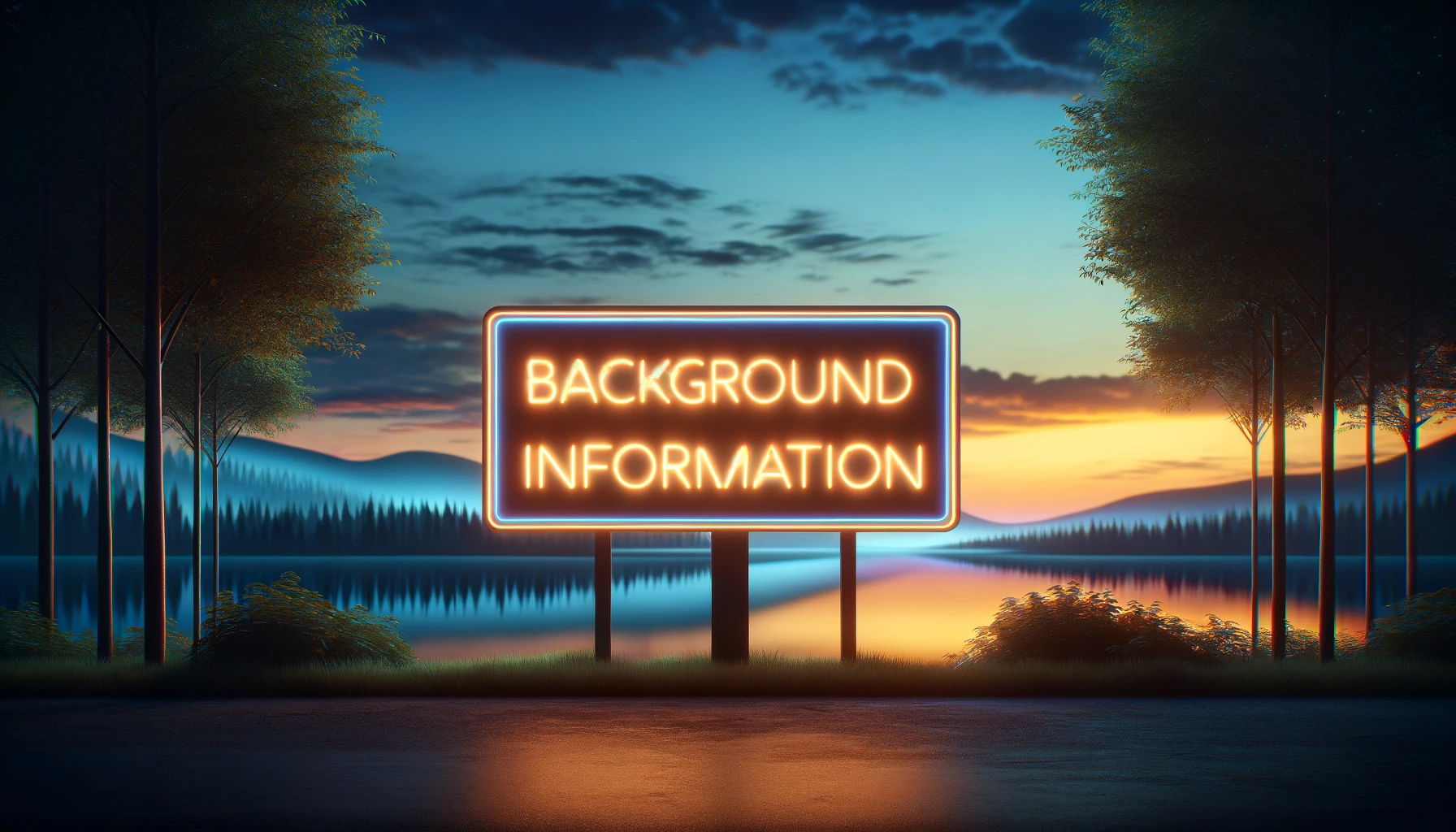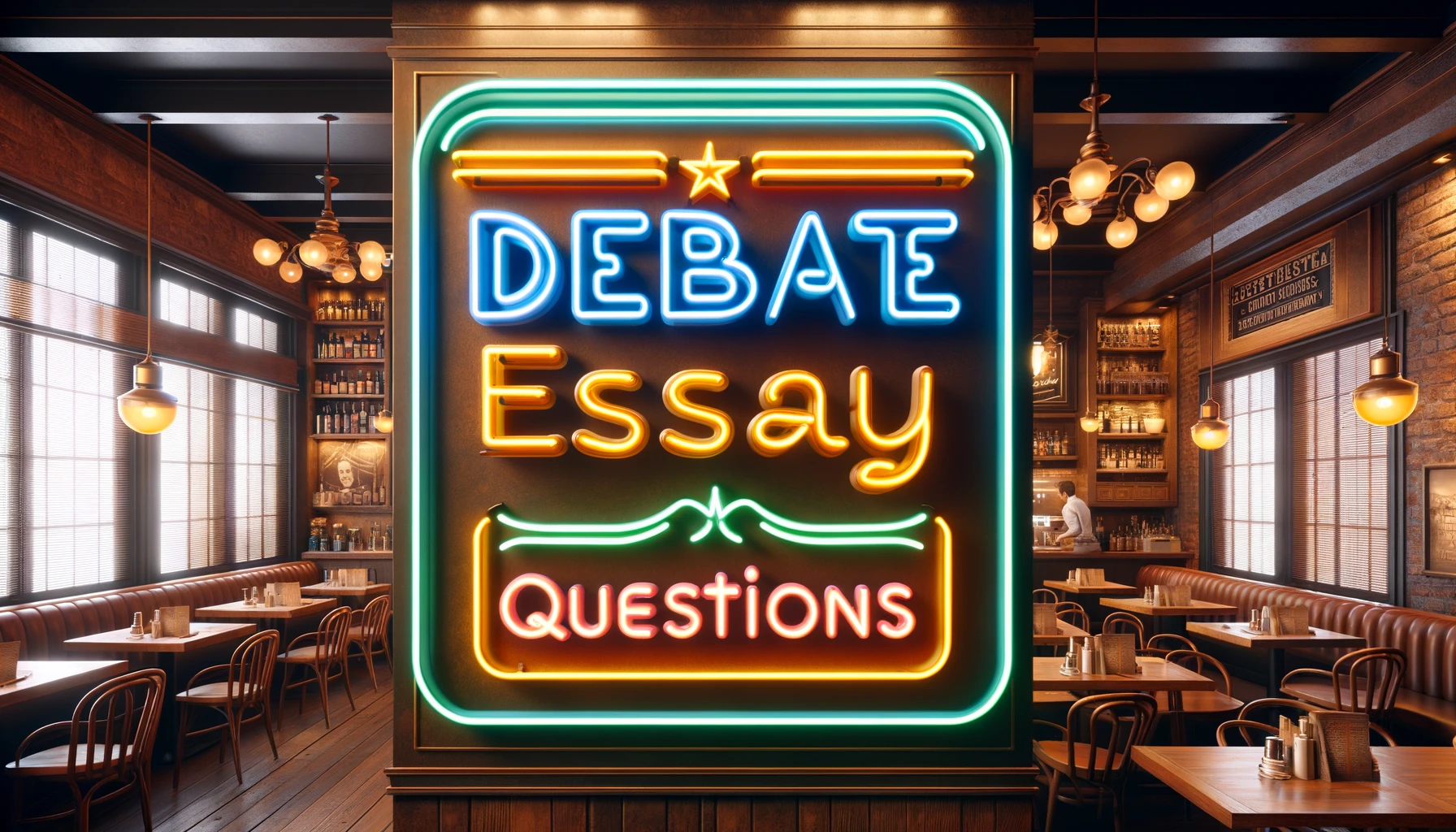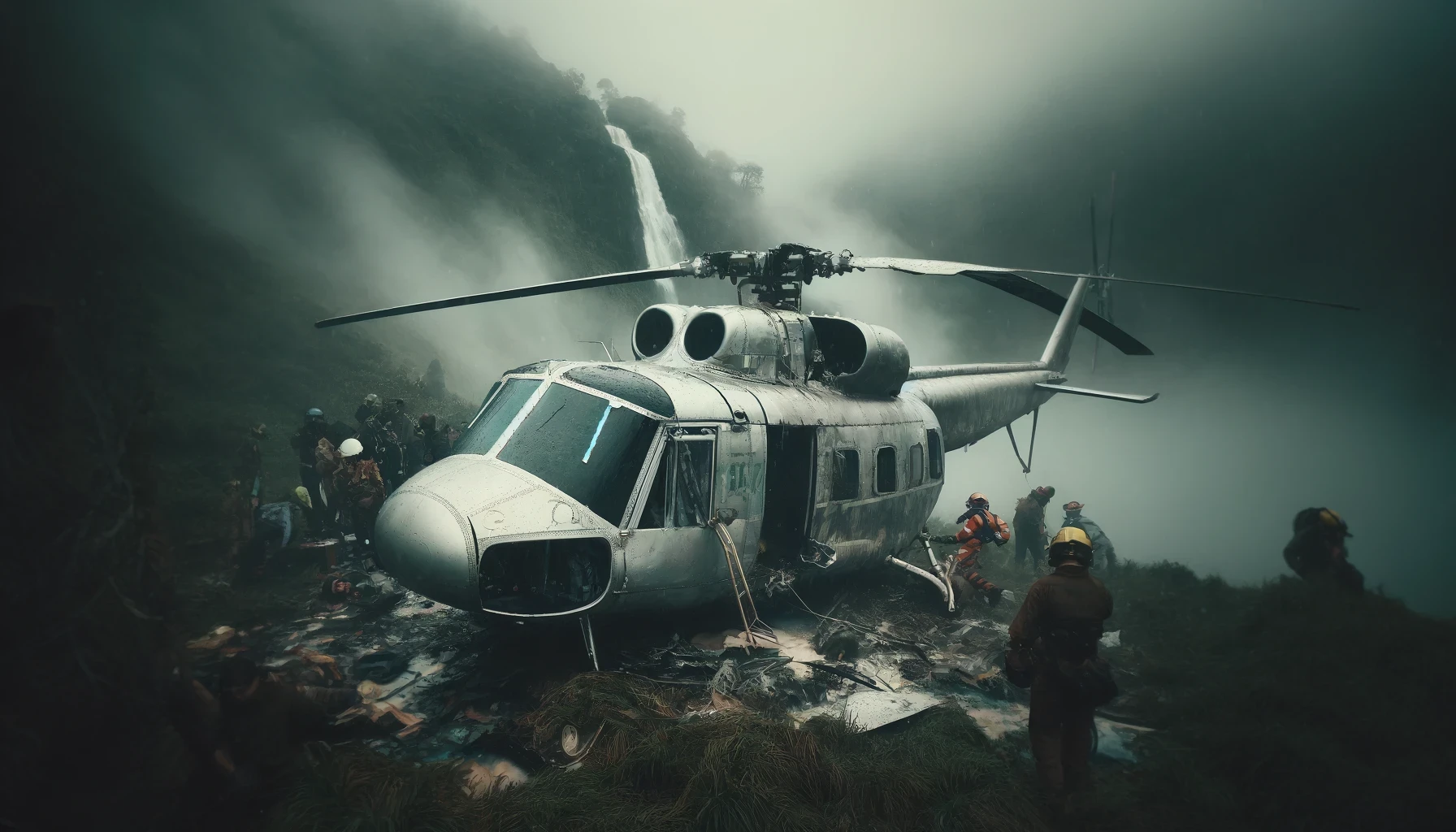On May 20, 2024, Iranian President Ebrahim Raisi, a hardliner closely aligned with Supreme Leader Ayatollah Ali Khamenei, died in a helicopter crash. The accident occurred in mountainous terrain near the Azerbaijan border during poor weather conditions. The crash also claimed the lives of Foreign Minister Hossein Amirabdollahian and other high-ranking officials who were aboard the helicopter.
The Crash
The helicopter, a U.S.-made Bell 212, crashed while Raisi and his delegation were returning from an official visit to the Azerbaijan border, where they had inaugurated the Qiz Qalasi Dam. The exact cause of the crash has not been officially determined, but state media reported foggy conditions at the crash site. The wreckage was discovered after an overnight search hindered by blizzard conditions.
Reactions and Immediate Aftermath
Supreme Leader Khamenei appointed First Vice President Mohammad Mokhber as the interim president following Raisi’s death. Khamenei announced five days of public mourning and offered condolences to the Iranian people. Russian President Vladimir Putin expressed condolences, calling Raisi “a true friend of Russia” and spoke with Mokhber to affirm their mutual intention to strengthen Russian-Iranian relations. Similarly, leaders from Saudi Arabia, Syria, Egypt, and other regional allies sent messages of sympathy.
Divided Public Reaction
Within Iran, the public reaction to Raisi’s death was mixed. Government loyalists packed into mosques and squares to pray for Raisi, but most shops remained open, and everyday life continued with little interruption. “He was a hard-working president. His legacy will endure as long as we are alive,” said Mohammad Hossein Zarrabi, a member of the Basij religious militia in Qom. However, many Iranians expressed indifference or even relief. “Who cares. One hardliner dies, another takes over and our misery continues,” said Reza, a shopkeeper in Yazd, who declined to give his full name for fear of reprisals..
Raisi’s Background and Rise to Power
Ebrahim Raisi was born in 1960 in Iran’s second-largest city, Mashhad. He attended seminary school from the age of 15 and was involved in protests against the Shah of Iran before the 1979 revolution that led to the establishment of the Islamic Republic under Ayatollah Ruhollah Khomeini. Over the years, Raisi climbed the ranks within Iran’s judiciary, becoming the head of the judiciary in 2019. As a young prosecutor in 1988, Raisi was part of what became known as the “death committees,” which ordered the execution of political prisoners. Amnesty International estimates that around 5,000 people were executed during this period.
Presidency and Legacy
Raisi’s presidency began in 2021, following a closely managed election that brought all branches of government under hardline control. His administration was marked by a strict enforcement of Islamic laws, including a crackdown on women’s dress codes. In 2022, the arrest and subsequent death of Mahsa Amini, a young Kurdish woman, for not properly wearing her headscarf, sparked nationwide protests. The protests, described by human rights groups as one of the most serious threats to the Islamic regime since 1979, resulted in hundreds of deaths due to the government’s harsh response.

Despite the internal turmoil, Raisi maintained a hardline stance in nuclear negotiations with world powers and strengthened Iran’s alliances with Russia and China. His administration faced significant challenges, including a struggling economy exacerbated by Western sanctions. His handling of domestic dissent and economic issues contributed to his contentious legacy.
Political Climate and Future Prospects
Raisi’s death has intensified the political uncertainty in Iran, particularly concerning the succession of the supreme leader. Raisi was widely seen as a potential successor to the 85-year-old Khamenei. His death could stir the race for Khamenei’s position, adding to the complexity of Iran’s political landscape. Under the Iranian constitution, a new presidential election must be held within 50 days, with candidates subject to vetting by the Guardian Council, a body known for disqualifying moderate and conservative candidates alike.
International Implications
The death of Raisi also impacts Iran’s foreign relations, especially with its involvement in regional conflicts and its nuclear program. Raisi was a staunch critic of the United States, especially after the U.S. killing of Iranian General Qassem Soleimani in 2020. His administration’s close ties with Russia and China, and support for groups like Hamas, reflected his hardline approach in foreign policy.
The future direction of Iran’s policies, particularly concerning its nuclear ambitions and regional influence, remains uncertain as the country prepares for new leadership. The international community will closely watch the upcoming elections and the potential changes in Iran’s domestic and foreign policy stance.
This article is based on the following articles:
https://www.npr.org/2024/05/20/1252381374/iran-president-ebraim-raisi-dead-obituary-human-rights

Background Information
Iran’s Political Structure
Iran’s political system is a complex mix of theocratic and democratic elements. Here are some key components:
- Supreme Leader: The Supreme Leader is the highest authority in Iran, with significant control over all branches of government, the military, and media. The position is currently held by Ayatollah Ali Khamenei, who has been in power since 1989.
- President: The President of Iran is the second-highest-ranking official and is responsible for implementing laws and overseeing the executive branch. However, the President’s powers are limited by the Supreme Leader.
- Guardian Council: This 12-member body vets candidates for presidential and parliamentary elections and ensures that laws conform to Islamic principles. It has significant influence over the political landscape.
- Majlis (Parliament): Iran’s legislative body, which passes laws, approves budgets, and oversees the executive branch.
Ebrahim Raisi’s Background
Ebrahim Raisi was born in 1960 in Mashhad, Iran’s second-largest city. He pursued religious studies from a young age and became involved in the Islamic Revolution of 1979, which overthrew the Shah of Iran and established the Islamic Republic. Raisi climbed the ranks of Iran’s judiciary, eventually becoming the head of the judiciary in 2019. His tenure was marked by a strict interpretation of Islamic law and a hardline stance on dissent.
Key Historical Events
- Islamic Revolution (1979): This revolution led to the overthrow of the Shah and the establishment of the Islamic Republic under Ayatollah Ruhollah Khomeini. It marked the beginning of a theocratic regime that combined religious and political authority.
- Iran-Iraq War (1980-1988): A devastating conflict between Iran and Iraq that resulted in significant loss of life and economic damage. It entrenched the new regime’s power and fostered a sense of national unity.
- 1988 Mass Executions: Following the Iran-Iraq War, the government executed thousands of political prisoners. Raisi, as a young prosecutor, was involved in these “death committees,” which targeted opposition groups and dissenters.
- Nuclear Program: Iran’s nuclear program has been a point of contention with the international community. Efforts to develop nuclear technology have led to severe economic sanctions and diplomatic isolation.
Recent Developments
- 2015 Nuclear Deal (JCPOA): In 2015, Iran signed the Joint Comprehensive Plan of Action (JCPOA) with world powers, agreeing to limit its nuclear activities in exchange for the lifting of economic sanctions. However, the U.S. withdrew from the deal in 2018, leading to renewed tensions.
- U.S.-Iran Relations: Relations between the U.S. and Iran have been fraught with tension, particularly after the 2020 assassination of Iranian General Qassem Soleimani by the U.S. This event further strained diplomatic ties and increased regional instability.
- Protests and Social Unrest: In recent years, Iran has seen significant protests, particularly after the death of Mahsa Amini in 2022. Amini’s arrest for not properly wearing a headscarf and subsequent death in custody sparked nationwide protests against the government’s strict enforcement of Islamic laws.
Ebrahim Raisi’s Presidency
Ebrahim Raisi became President of Iran in 2021 after a closely controlled election. His administration was characterized by:
- Hardline Policies: Raisi continued to enforce strict Islamic laws, including dress codes for women, and took a tough stance on dissent and protests.
- Economic Challenges: Iran’s economy has been severely affected by international sanctions, leading to high inflation and unemployment. Raisi struggled to address these issues during his presidency.
- Foreign Relations: Raisi sought to strengthen Iran’s ties with Russia and China while maintaining a confrontational stance against the United States. His administration supported regional allies like Hamas and Hezbollah.
Key Figures and Concepts
- Ayatollah Ali Khamenei: The current Supreme Leader of Iran, who holds ultimate authority over all major state decisions.
- Guardian Council: A powerful body that ensures laws conform to Islamic principles and vets candidates for elections.
- Mahsa Amini: A young Kurdish woman whose death in police custody sparked nationwide protests against the Iranian government in 2022.
- Qassem Soleimani: A prominent Iranian military commander whose assassination by the U.S. in 2020 heightened tensions between the two countries.
- JCPOA (Nuclear Deal): An agreement aimed at curbing Iran’s nuclear program in exchange for lifting economic sanctions, which has faced numerous challenges and setbacks.

Debate/Essay Questions
- Why do you think there were mixed reactions among the Iranian public to Raisi’s death? What does this reveal about the current social and political climate in Iran?
- How does the vetting process by the Guardian Council influence the outcomes of Iranian elections? What are the implications for political diversity and representation in Iran?
Please subscribe to Insight Fortnight, our biweekly newsletter!
